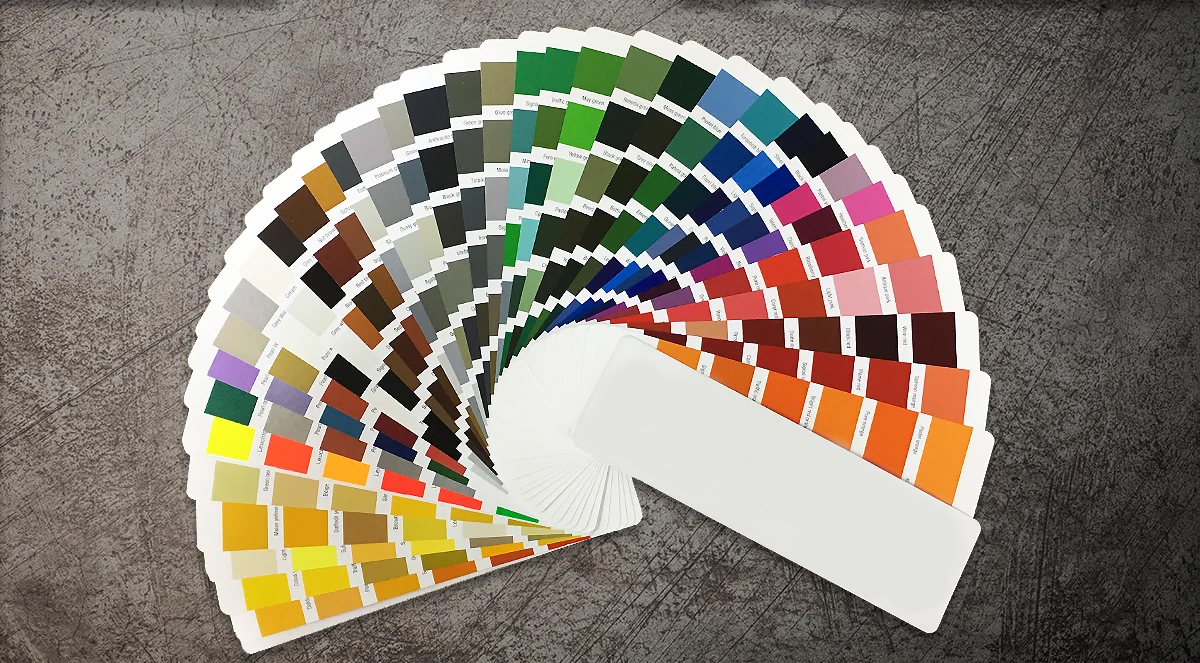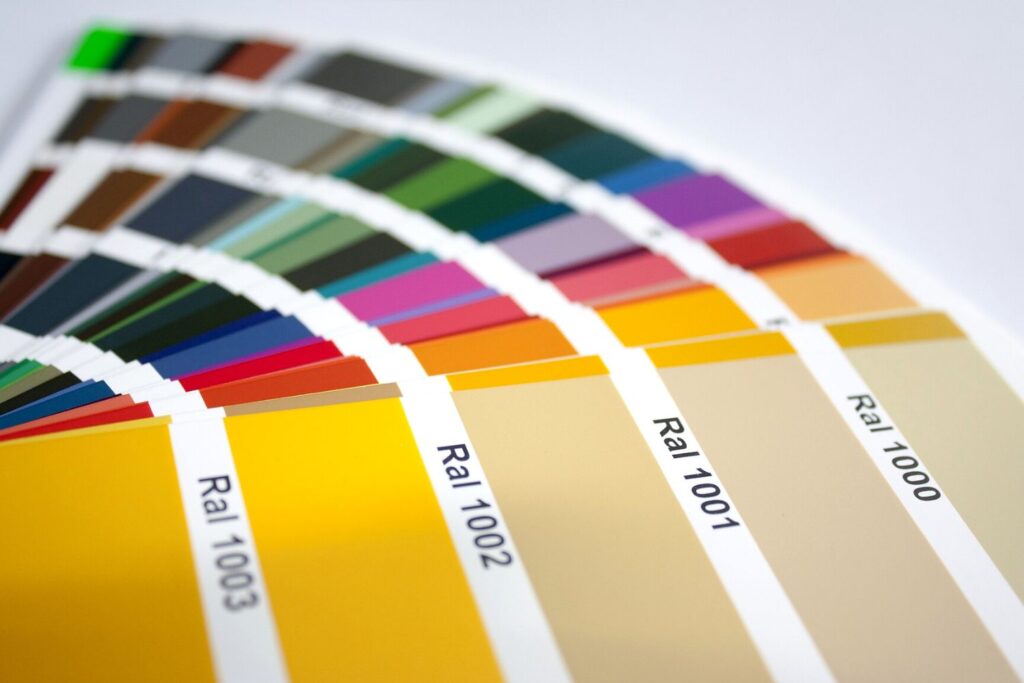When it comes to powder coating, color accuracy and consistency are critical. Whether you're finishing components for industrial equipment, automotive parts, or home appliances, choosing the right shade can significantly affect both the product's appearance and brand identity. This is where the RAL color system comes into play. In this blog, we'll break down everything you need to know about RAL colors in powder coating, their importance, and how they streamline communication between manufacturers, clients, and designers.
RAL is a color matching system developed in Germany in 1927 by the Reichsausschuss für Lieferbedingungen (State Commission for Delivery Terms). It provides a standardized color language used across industries, primarily in Europe but increasingly worldwide. The most commonly used RAL system in powder coating is RAL Classic, which consists of 213 colors, each assigned a unique four-digit code (e.g., RAL 5010 for Gentian Blue).
The RAL system helps eliminate subjective color descriptions like "sky blue" or "forest green," ensuring that everyone is on the same page.

Each RAL Classic color is designated by a four-digit code:
The last three digits help identify the specific shade.

While RAL colors offer convenience and standardization, sometimes a project demands a unique look. In such cases, manufacturers like Rapid Engineering Co. Pvt. Ltd. offer custom color development based on samples or Pantone codes. However, RAL remains the go-to for most commercial and industrial projects due to its ease of reference and wide recognition.
Matching a powder coating to a RAL color involves both formulation and testing:
Some manufacturers use color spectrophotometers to ensure near-perfect matches and repeatability across batches.
That's why it's essential to discuss finish requirements and end-use conditions with your supplier before finalizing the order.
RAL colors provide a universal language for color in the powder coating industry. They help maintain consistency, streamline communication, and ensure high-quality results. While they might not cover every color imaginable, their practicality and reliability make them indispensable for manufacturers and clients alike. At Rapid Engineering Co. Pvt. Ltd., we offer a comprehensive range of RAL shades and custom colors tailored to your project requirements. Whether you need a classic RAL 5010 or a completely unique hue, our team ensures precision, durability, and aesthetics in every batch.
Need help choosing the right RAL color for your next project? Contact us today to request a sample or speak to our color experts.